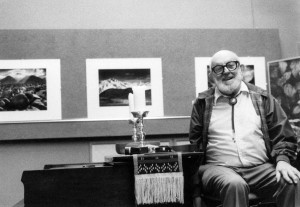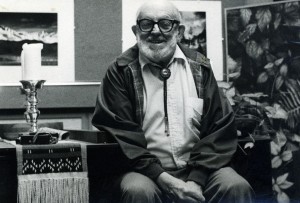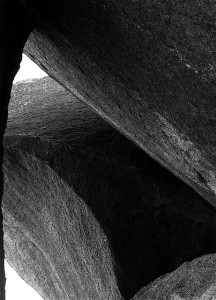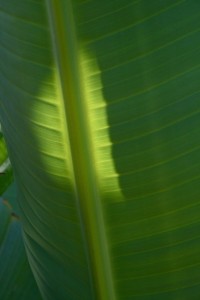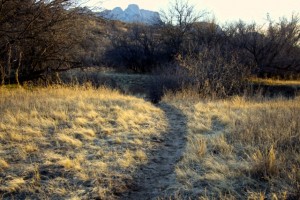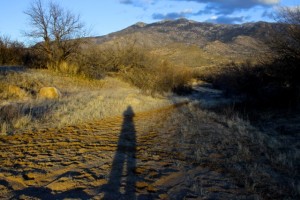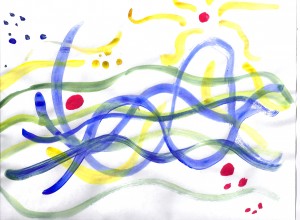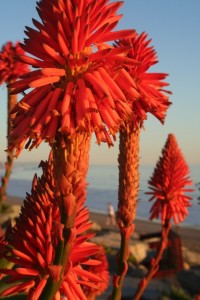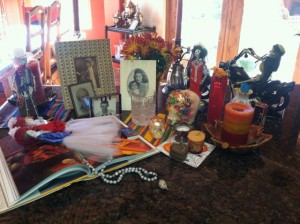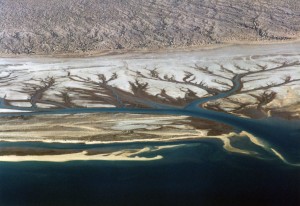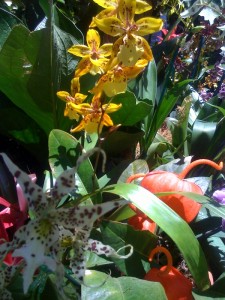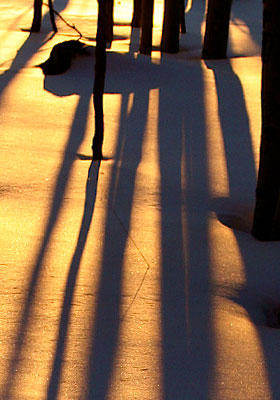It was the summer of 1983, and I was soaring. Griegs’ pianto concerto was blaring in my brown VW bus, and I was heading up Highway 1 to Carmel. I had a date with Ansel Adams.
I had taken all the photography courses my community college offered, and had moved through a “Masters’ course” at UCLA. So, feeling pretty heady, I applied for the Master’s Class Ansel Adams would give in Carmel for his last time.
It was now or never. My work wasn’t anything like his, so I doubted I would be accepted. Among the slides I submitted with my application, not one was of monumental scenery. Mine were architectural or landscape details and portraits of women, and none of them demonstrated any of the darkroom expertise for which Ansel was famous. But I had been accepted, and was now on my way to join 59 other students and to meet four other artist/faculty members. I was thrilled.
The 60 of us were divided into four groups of 15 each. Every day for five days, each group would work with a different artist. In the morning, we would see the artist’s work and hear about their experiences, techniques and artistic influences and theories. In the afternoon, we would show our portfolios and get the artist’s critical guidance. Exciting and somewhat terrifying.
I got to eat, sleep, talk and dream photography for five days–the complete opposite of my life as a mother and part-time photographer/teacher at home. My favorite faculty member was Barbara Morgan, who was in her ’80s. Every time she looked at our work, she turned our prints upside down. “I think we should turn everything upside down,” she explained. If it didn’t work as a balanced design, it didn’t work.
On the final day, our group went to Ansel and Virginia’s house for our day with him. He held court in a gallery room with skylights above, his grand piano in the center, and his famous prints ringing the walls. (In my grainy snapshot, you can see the before and after versions of Moonlight Over Hernandez.)
In his 80’s, Ansel was getting ready to retire. Virginia was his charming hostess, showing us the house and serving refreshments. His darkroom assistant, John Sexton, now a renowned photographer/teacher, showed us the famous darkroom and shared some secrets.
Ansel, the Elvis of the photographic world back then, joked, told stories, and wasn’t that much into teaching. But as the inventor of the Zone System and the technique of pre-visualizing a finished print with just the gradations of black and white one wants, he left me a basic and enduring legacy: photography is all about chasing the light.
And that’s what I’ve been doing ever since: chasing the light. Ansel cared about light more than his “school” of photography over someone else’s. I took it as a supreme compliment when, at our student exhibition the last night, he pointed out one of my “Women in Hats,” a color print with layers of Marshall oils (not his style.)
I figure that even though I’ve taken “chasing the light” to a spiritual level, he wouldn’t judge my “school,” and might appreciate how he inspired me.
Every time I walk down the hall to my home office, I pass a framed poster of his Aspens in Northern New Mexico,which he signed for me that night. Ever the flirt, he punctuated his autograph with a wicked smile and an unmistakable wink.
If you were to look at it, you might not see the wink. But for me, the light in it is still there.
